 In pulp you're always on the wrong side of the tracks. 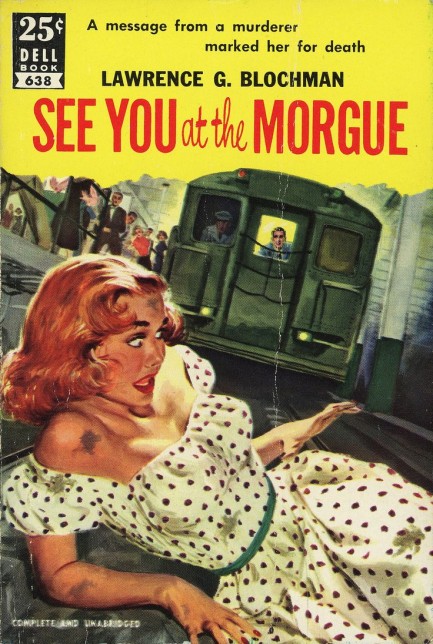
We're train travelers. We love going places by that method. It's one of the perks of living in Europe. Therefore we have another cover collection for you today, one we've had in mind for a while. Many pulp and genre novels prominently feature trains. Normal people see them as romantic, but authors see their sinister flipside. Secrets, seclusion, and an inability to escape can be what trains are about. Above and below we've put together a small sampling of covers along those lines. If we desired, we could create a similar collection of magazine train covers that easily would total more than a hundred scans. There were such publications as Railroad Stories, Railroad Man's Magazine, Railroad, and all were published for years. But we're interested, as usual, in book covers. Apart from those here, we've already posted other train covers at this link, this one, this one, and this one. Safe travels. 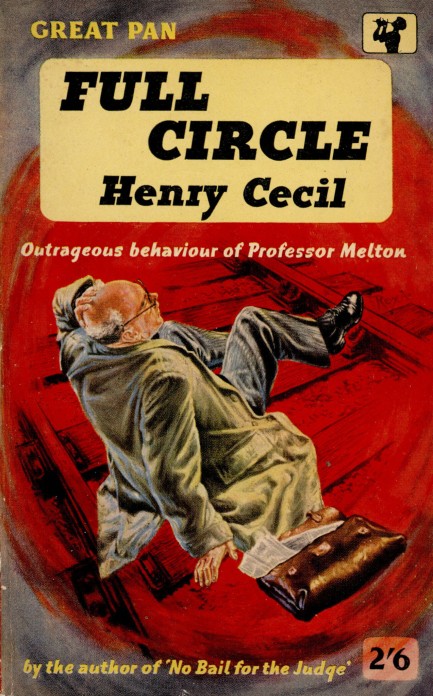 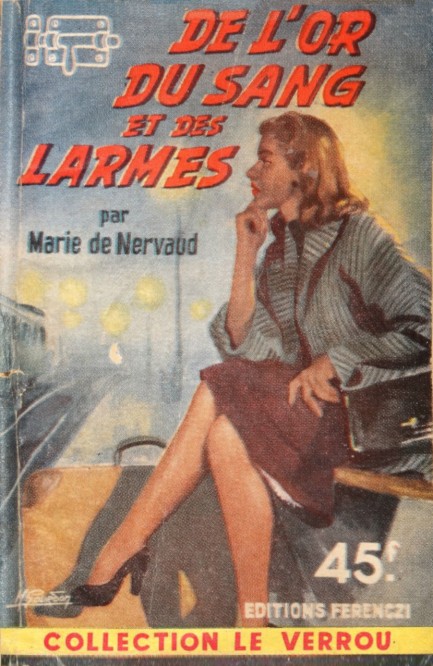  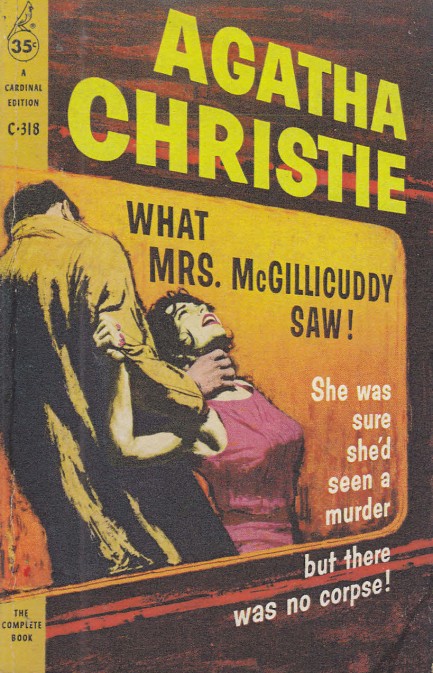 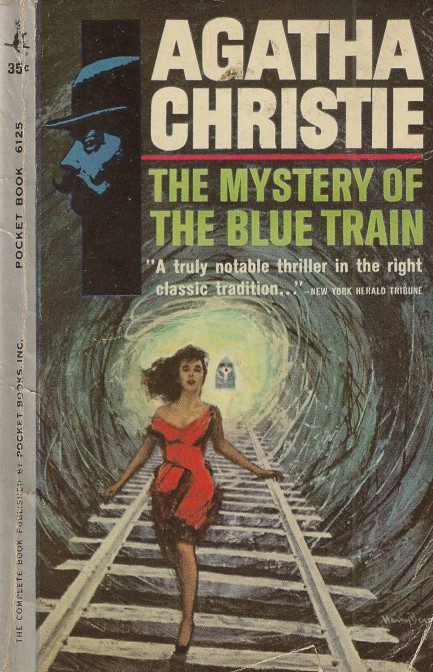 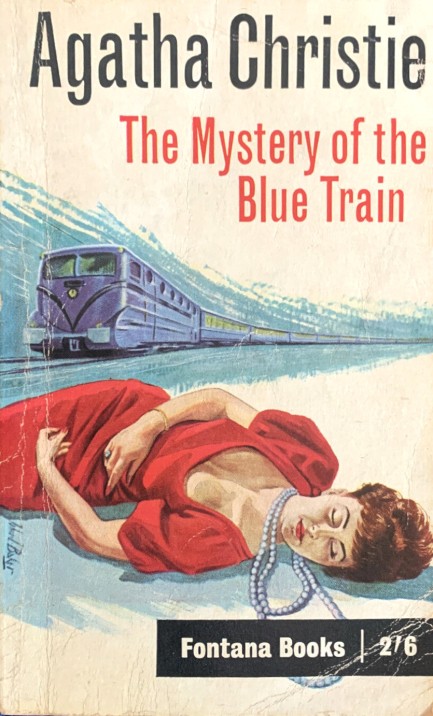  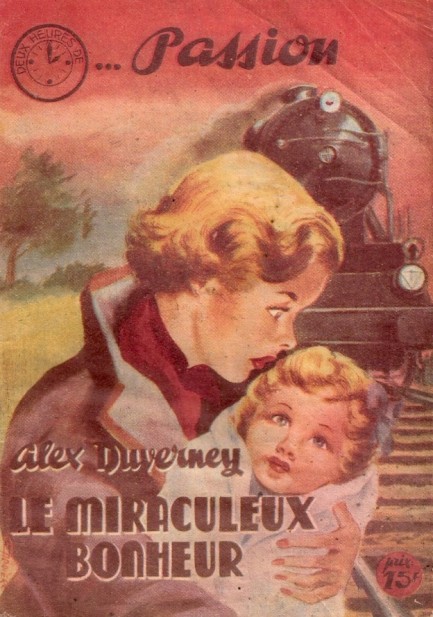 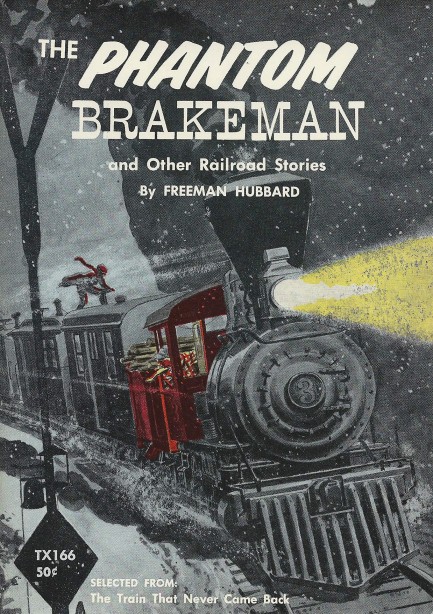 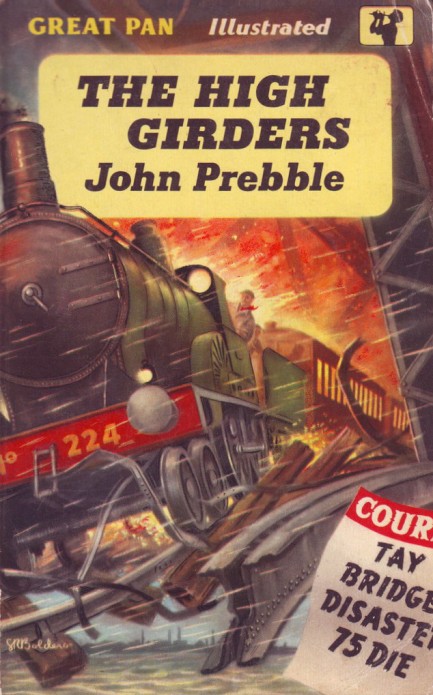 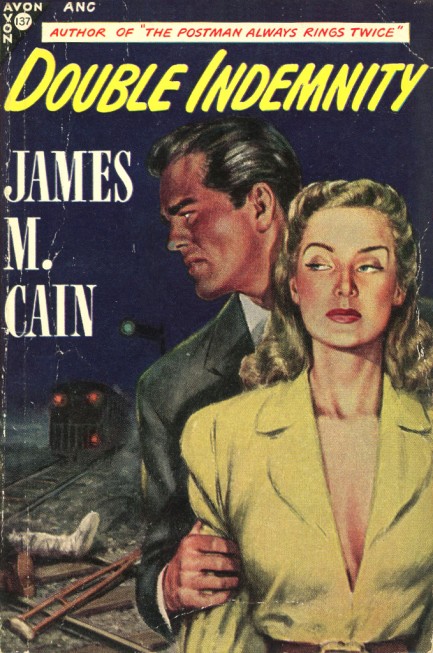 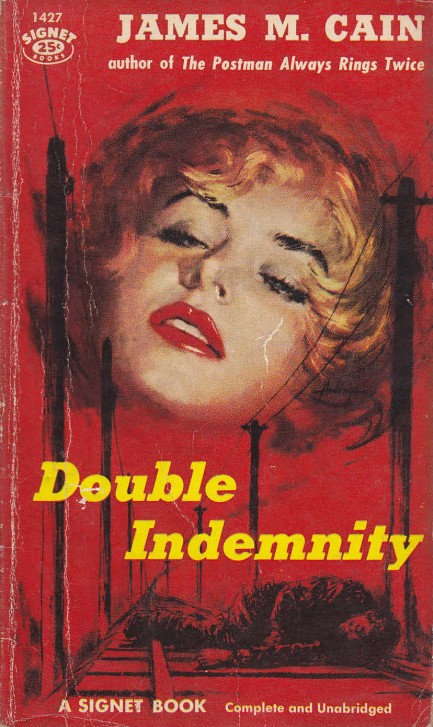 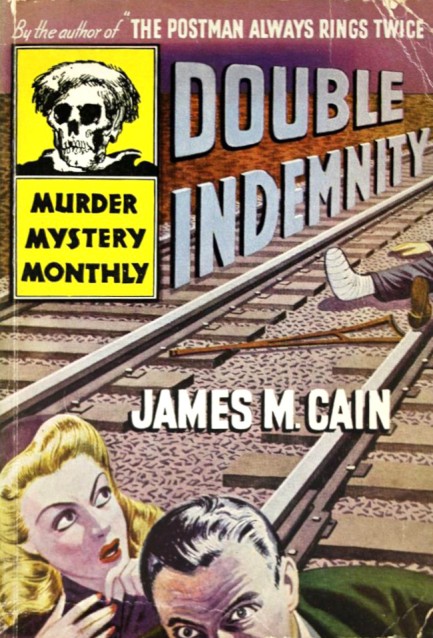 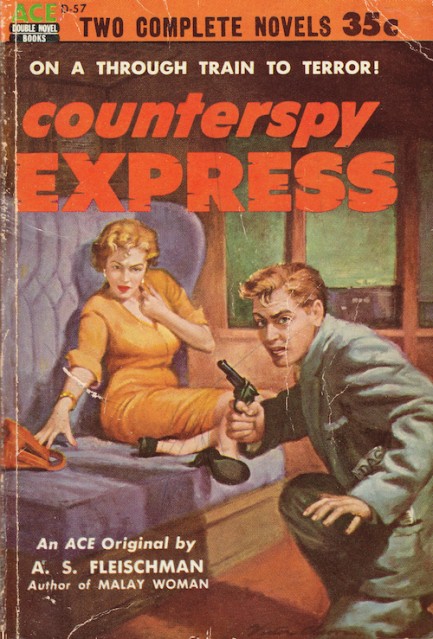   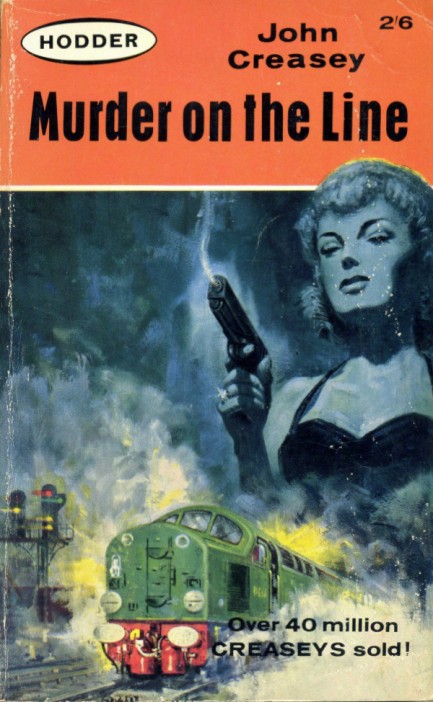 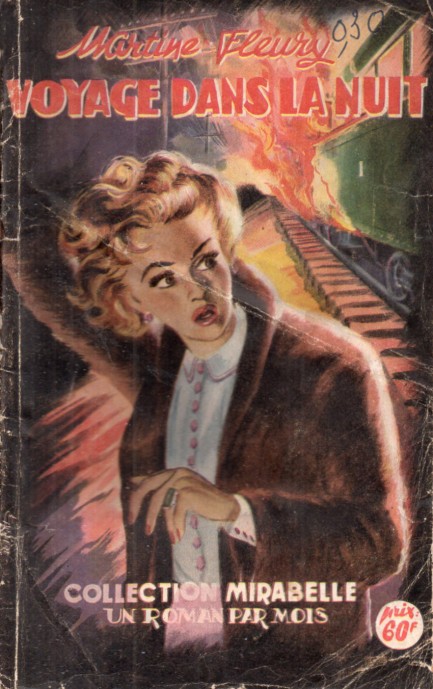 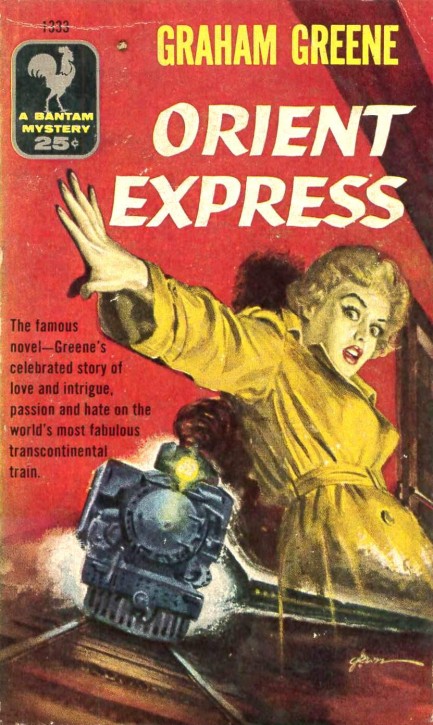 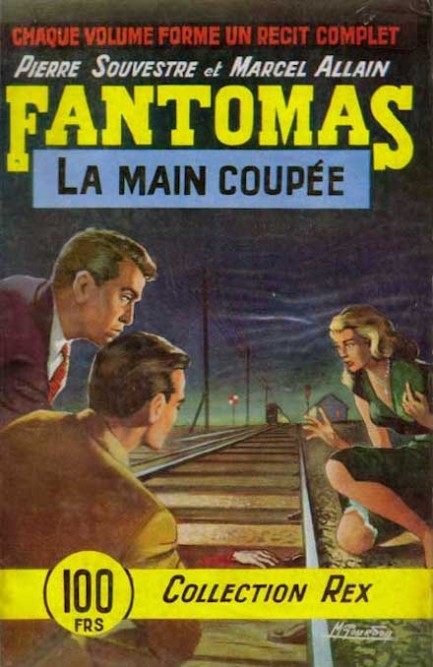 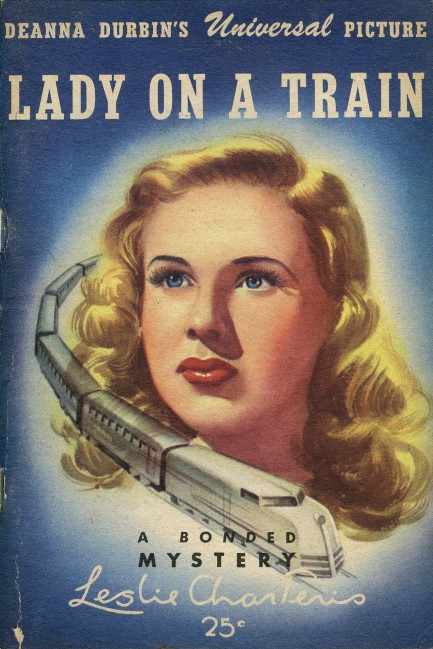  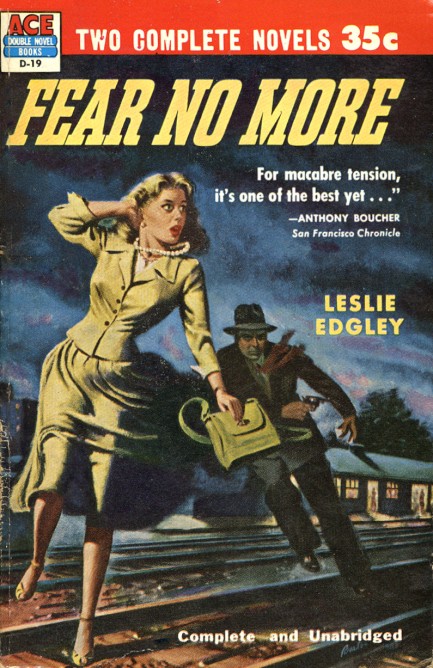 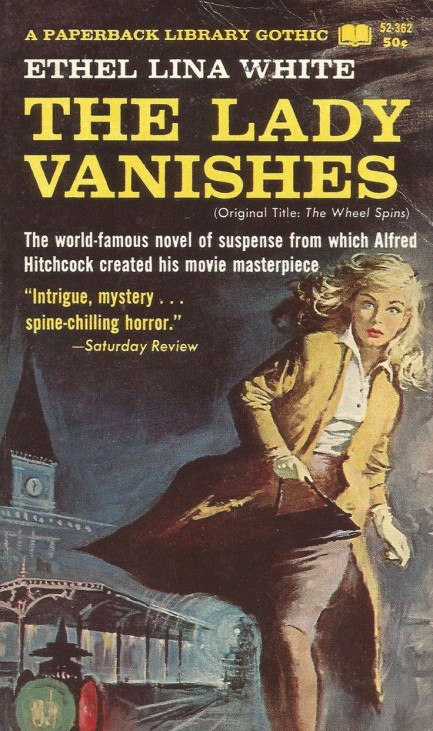 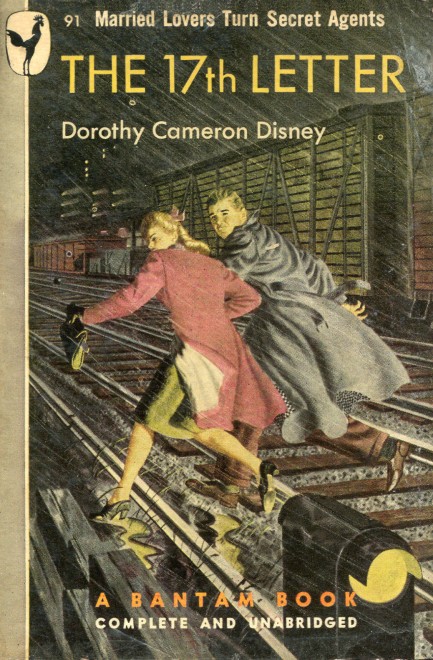 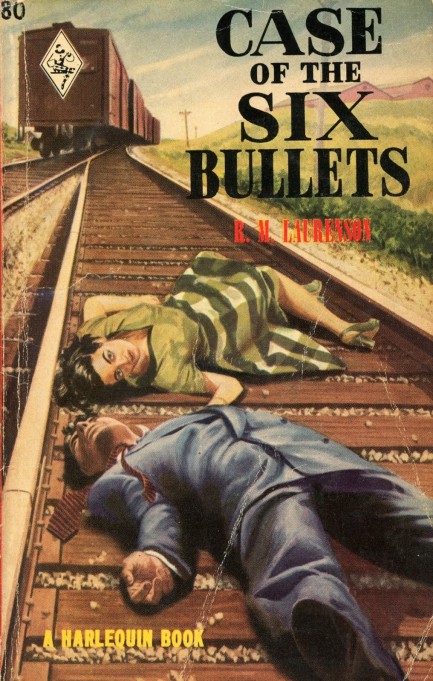
 Her final stop is the intersection of deep trouble and hot water. 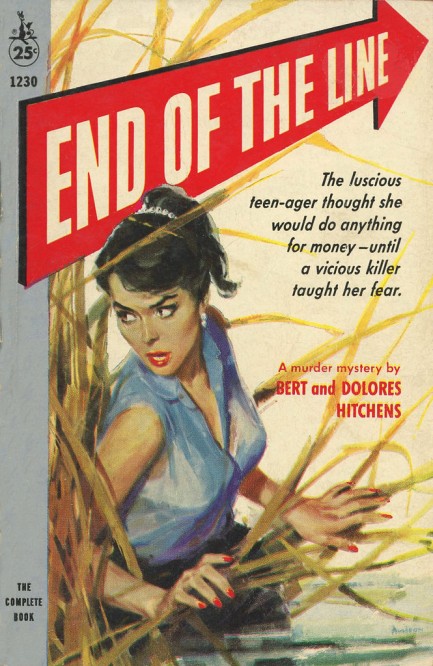
Detectives and their partners are considered to be a common motif in mid-century fiction, but actually you don't run into pairings as often as you'd expect, and when you do, one character usually dominates the narrative. End of the Line, by Bert and Dolores Hitchens, features two detectives in a story that's almost equally divided. Maybe that's what happens when spouses collaborate. The two detectives work for a railroad company and are tasked with investigating a cold case—the Lobo Tunnel crash of five years earlier, in which a train was derailed by a deliberately placed obstruction. The mystery is fine, but the fun part is reading how the two sleuths—one a mama's boy and the other a heavy drinker—try to work together. The Pocket Books paperback you see here has beautiful cover art by Jerry Allison that suggests the story is about a girl in trouble. That's true too, but it's the dicks that make this one swing. Pretty cool stuff, copyright 1959.
 Nowhere to run, nowhere to hide. 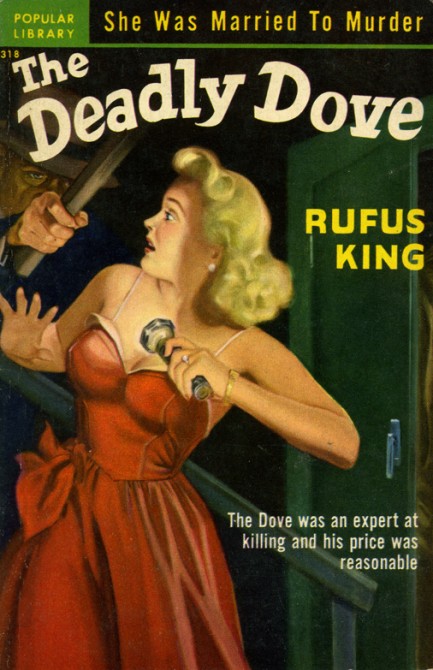
Above is the cover of Rufus King's 1945 mystery The Deadly Dove, which isn't a particularly notable book, except that it demonstrates one of the time-honored motifs in pulp cover art—the woman fighting for her life. We've cobbled together a small collection of such covers, with art by Robert Hilbert, Robert Stanley, and others.
We're curious, but unfortunately have no way of knowing, how readers reacted to these depictions when they first hit newsstands. There are probably some examinations of that question out there somewhere, but not in a place where we can find them. To our contemporary eyes, though, some of these images seem brutal to the extent that if someone actually saw us holding one in a store, we'd be like, "Oh this? Not mine. No, no, no. Found this uh, on the floor and was just, er, putting it back on the shelf. No, I was actually buying this copy of Genital Warts and U."
Okay, maybe that's a bit of an overstatement. You get the point, though. But violent or not, there's no denying the artistry on display on these covers. Thanks to various Flickr groups for some of these, by the way. In other news, that long delayed internet installation is so close we can almost taste it. How much you wanna bet it all fails spectacularly?
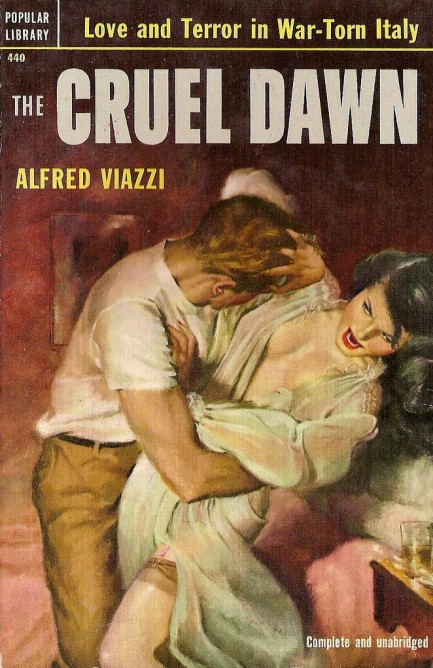 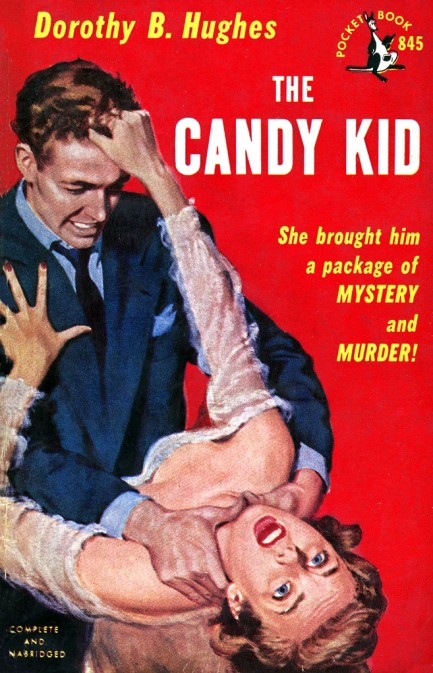 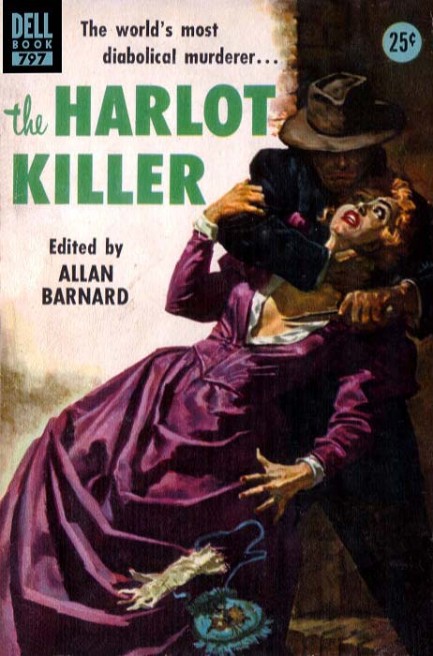 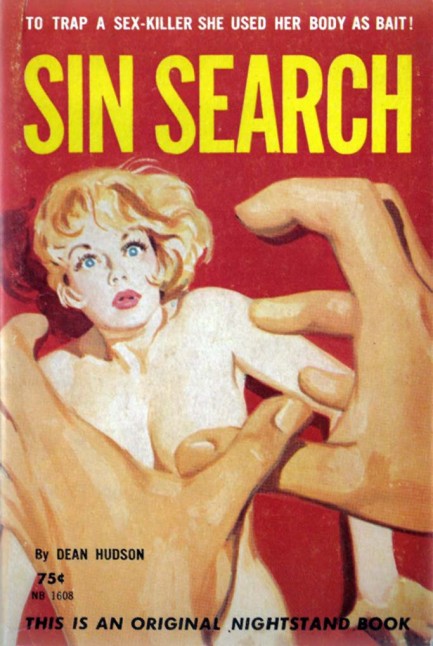 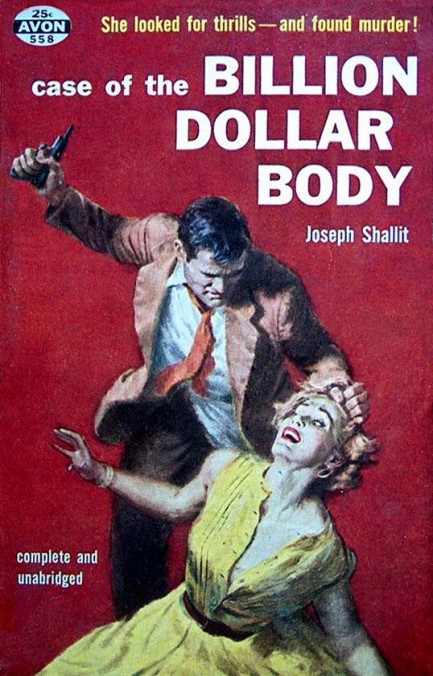 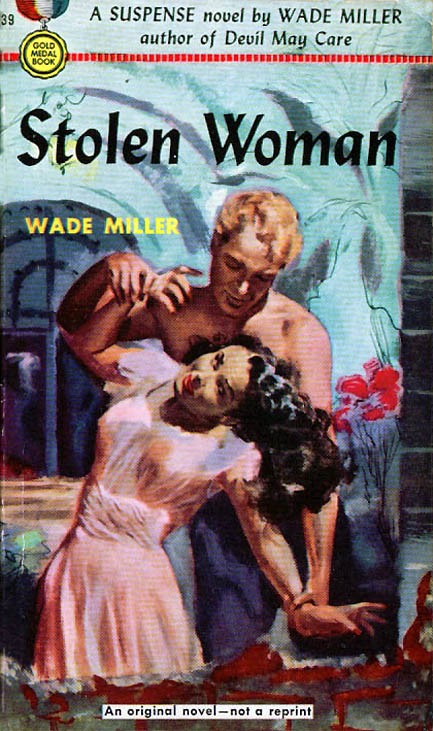 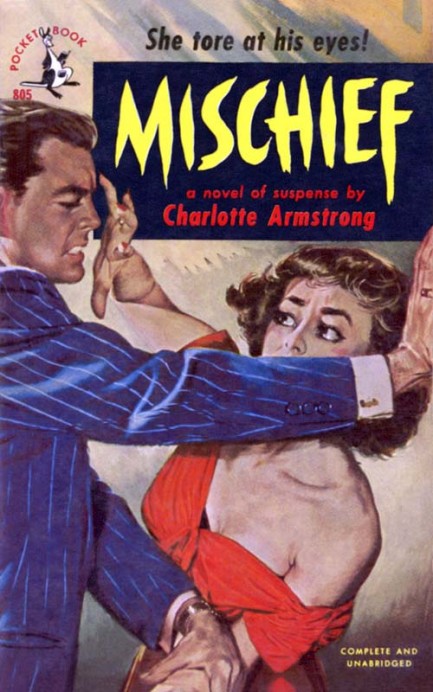  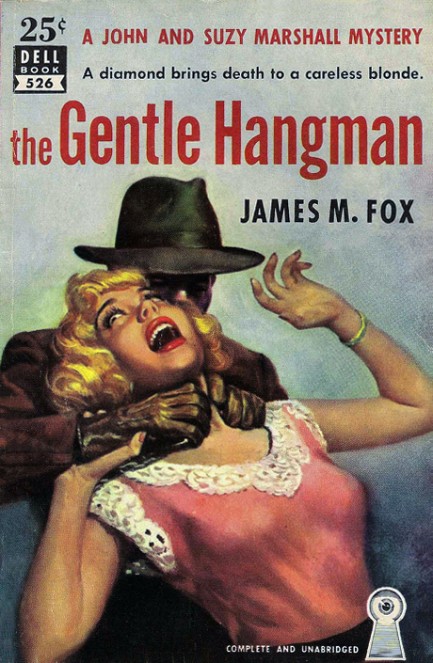 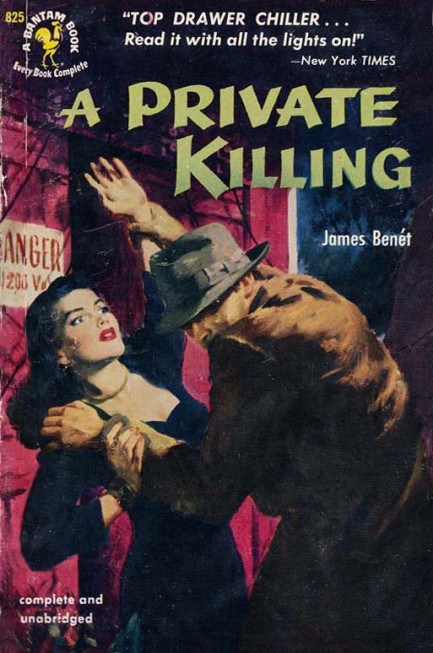 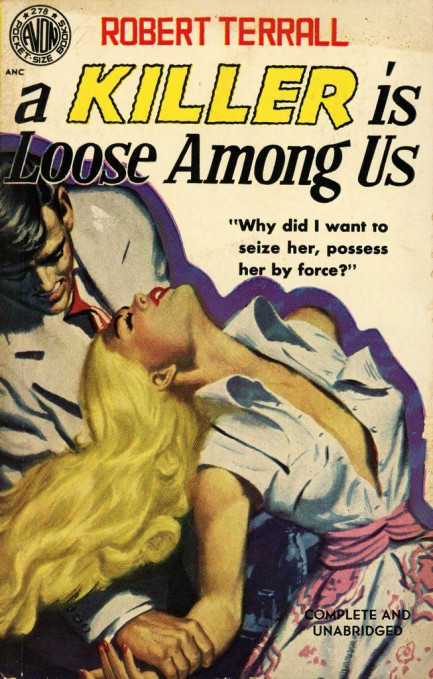
|
 |

The headlines that mattered yesteryear.
2003—Hope Dies
Film legend Bob Hope dies of pneumonia two months after celebrating his 100th birthday. 1945—Churchill Given the Sack
In spite of admiring Winston Churchill as a great wartime leader, Britons elect
Clement Attlee the nation's new prime minister in a sweeping victory for the Labour Party over the Conservatives. 1952—Evita Peron Dies
Eva Duarte de Peron, aka Evita, wife of the president of the Argentine Republic, dies from cancer at age 33. Evita had brought the working classes into a position of political power never witnessed before, but was hated by the nation's powerful military class. She is lain to rest in Milan, Italy in a secret grave under a nun's name, but is eventually returned to Argentina for reburial beside her husband in 1974. 1943—Mussolini Calls It Quits
Italian dictator Benito Mussolini steps down as head of the armed forces and the government. It soon becomes clear that Il Duce did not relinquish power voluntarily, but was forced to resign after former Fascist colleagues turned against him. He is later installed by Germany as leader of the Italian Social Republic in the north of the country, but is killed by partisans in 1945.
|

|
|

It's easy. We have an uploader that makes it a snap. Use it to submit your art, text, header, and subhead. Your post can be funny, serious, or anything in between, as long as it's vintage pulp. You'll get a byline and experience the fleeting pride of free authorship. We'll edit your post for typos, but the rest is up to you. Click here to give us your best shot.

|
|















































































































